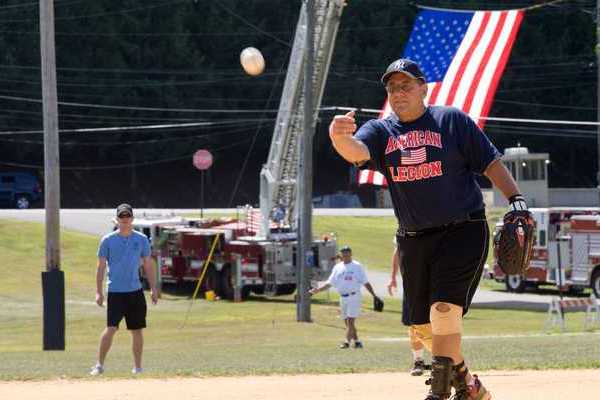Photo credits: familymwr
It’s out with the old and with the new, as far as baseball technology is concerned. The newest baseball technology is a camera-and-radar based system that tracks the baseball and players.
A hit by Justin Turner was recently tracked by the new technology. The batted ball spedd was 88.3 mph, with a 24.1 degree launch angle, a distance of 314.0 feet and a hang time of four seconds. The technology also captures fielder stats. Jason Heyward took 0.02 seconds to make his first step to catch the ball hit by Turner, his top speed was 18.5 mph and the technology even captured his acceleration, as well as the field stats for Reed Johnson while both were heading to the ball.
Many believe the new technology will not, at first, be very easy to digest by the general public. The technology and numbers are more geared towards coaches and front-office types, where the analytical parts really matter.
Some believe the ability to analyze players so closely will result in job losses and gains, payment changes, championships and losses as a result of the new technology. It probably won’t cause much change as far that players are concerned. It is unlikely that a player will notice a slight change in his average speed as he moves across the bases or chases a ball.
One thing is for certain: The new technology is all about data. Baseball Prospectus’s Ben Lindbergh has a grip on how the technology will affect baseball. That or it’s really a good idea to be a gym instructor with a certificate iii in fitness.
“For now, we’re content just to look at the pretty pictures, but there’s no end to the questions we can ask, and theoretically at least, no end to the questions we could answer,” said Lindbergh. “Of course just because the data will be provided to every team doesn’t mean they’ll all be on equal footing when it comes to leveraging it. Teams that are better equipped to handle and extract insights from large amounts of data will have an edge, expect to see the Internet continue to be picked clean of its most astute analysts. The more a team has already invested in its infrastructure and analytics department, though, the less it might want to see the data go public and jeopardize whatever advantage it’s already carved out.”
As far as traditional scouting goes, Lindbergh believes while some teams have moved resources away from advanced or pro-scouting because technology has replaced the need for a an on-the-road scouter, the new technology may make the traditional baseball scouter even more obsolete. Lindbergh does believe there will always be a need for a human evaluator to evaluate the field, coaches and team.
Lindbergh recalled writing in his Scout School diary about hoping his grandson may one day go into scouting, but all-the-while realizing that technology may soon take over the role of organic eyes.
Many believe scouting will now have to make a change in a big way, although another set of eyes over the machines never hurt. Baseball is all about accuracy, after all.
Written by: Jenny Corteza











